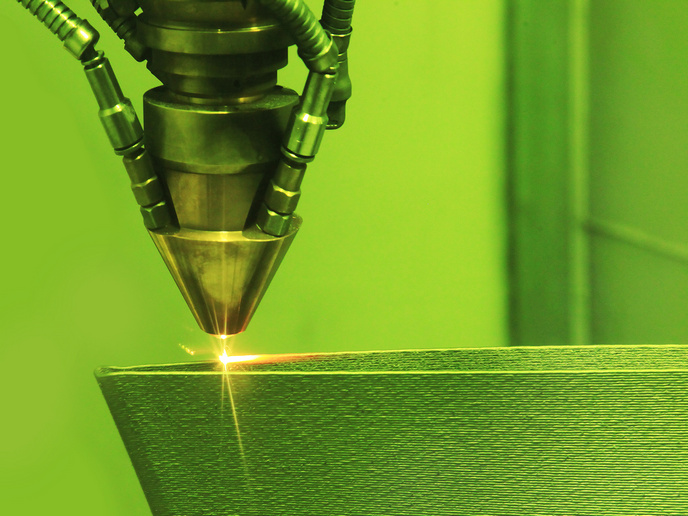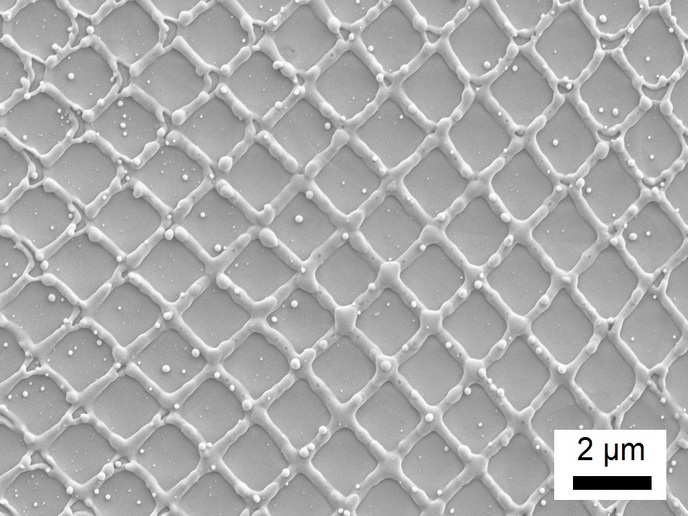Efficient, high-power mid-infrared fibre lasers
While bulk crystalline mid-infrared laser technology has already matured, fibre lasers have recently come to share the spotlight. Mid-infrared fibre lasers with wavelengths from 2 to 5 μm continue to advance given that higher-quality doped optical fibres and solid-state materials are developed for this wavelength region. Within MIDFIL (Mid-infrared fibre lasers), scientists produced significant results that should further advance development of mid-infrared fibre lasers. One of their greatest achievements was developing unique models of cascade erbium- and holmium-doped fluoride fibre lasers. Using ultraviolet light and holographic techniques, scientists fabricated distributed Bragg reflectors on a silica fibre. Using ultraviolet radiation, the Bragg gratings were inscribed on a fluoride fibre with high concentration of cerium dopants. A large number of techniques for pulsed operation, including Q-switching and mode-locking, were explored. For the first time, these techniques were investigated intensively for the laser transitions at 2 and 3 μm in the excited holmium. In particular, scientists demonstrated a passively Q-switched ZBLAN fibre around 3 μm by using a topological insulator and passive switching of a fluoride fibre laser. They also designed a new semiconductor saturable absorber mirror (SESAM) and demonstrated passive Q-switching of a SESAM-based fluoride fibre laser. Another major activity was demonstrating a self-starting passively mode-locked fibre laser based on a non-linear loop mirror. Using a 45-degree tilted fibre grating, scientists demonstrated a mode-locked fibre laser based on non-linear polarisation rotation. By fabricating suitable components, including filters and fibre gratings, the team successfully found efficient ways to achieve high-performance pulse amplification. Research results were disseminated through seminars and workshops. Collaboration with four universities and two companies should not only lead to developing advanced high-power mid-infrared fibre lasers, but also secure the EU's leadership in this research field.







